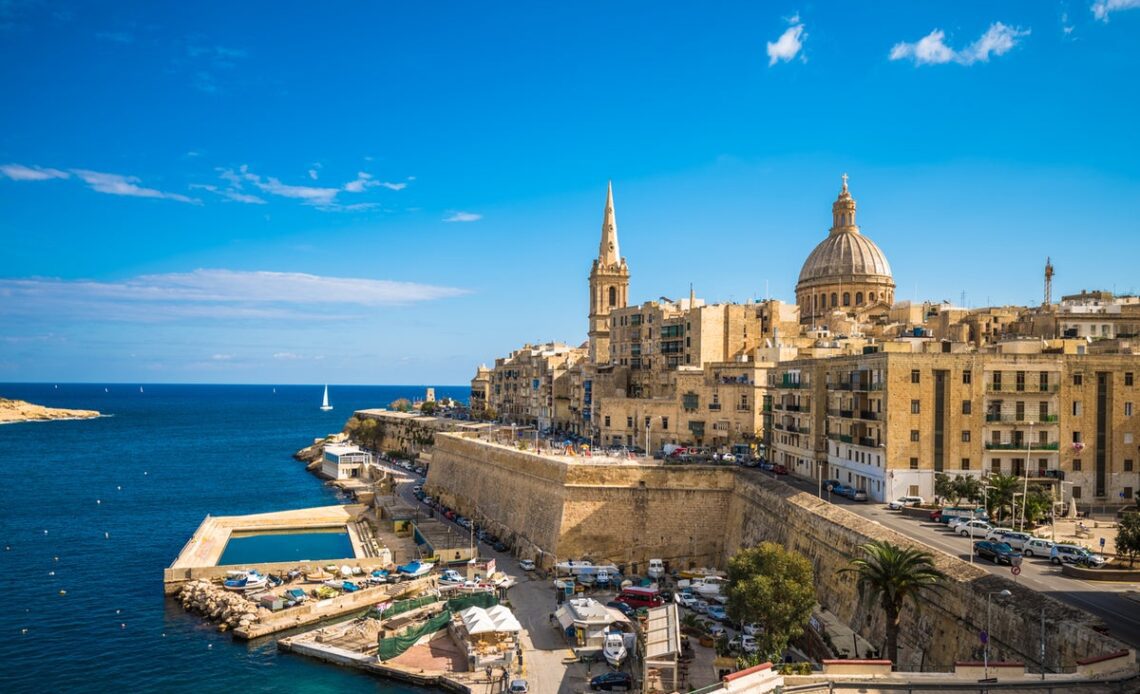Malta’s archipelago sits in the centre of the Mediterranean Sea, its nearest neighbours Sicily and Tunisia. Most famous for being hot and sun-drenched for more than 300 days of the year, what these surprisingly small islands lack in size they make up for with natural beauty and a fascinating 8,000 years of history; layers upon layers of influences from invading civilizations gave Malta its unique, sedimentary language and the culture that we know and love today.
Home to Megalithic Temples that are some of the oldest buildings in the world, medieval Arabic fortresses, ornate Baroque cathedrals, British red telephone boxes (Malta was colonised by the Empire from 1800 to 1964) and more beaches than you can shake a stick at. There’s so much to see and do here, no matter the season.
Travel restrictions and entry requirements
There are currently no requirements necessary to enter Malta, which is fully open to both vaccinated and unvaccinated visitors.
Best time to go
Malta is fun and undeniably festive all year round, but you’ll find it particularly jubilant during festa season, which runs in earnest from May to October (see “Best Things To Do”). Easter or Christmas celebrations are also worth aiming for, as the island takes its Roman Catholic traditions very seriously and the displays are suitably ostentatious.
The peak summer months of July and August are very hot ‒ bear in mind that the islands are as far south as Algeria ‒ so aim for the cooler but still beach-friendly temperatures of late May and June, or after the heat quells in September and October. Alternatively, hikers and history lovers will appreciate November to April as the best climate to walk the scenic coastal trails or visit the ancient temples and sites.
Top destinations
Valletta
The nation’s capital is an architectural marvel; a city fully walled by 16th century bastions that line the peninsula, encasing streets that were laid out in a perfect grid. It’s a walkable city with ornate, sandstone churches and marble paved roads that are dotted with unique box balconies you’ll spot jutting out of the majority of residential buildings. The city has seen a lot of rapid development in recent years ‒ boutique hotels are popping up on every corner and since being named European Capital of Culture in 2018 Valletta has become the epicentre of the island’s…
Click Here to Read the Full Original Article at The Independent Travel…
